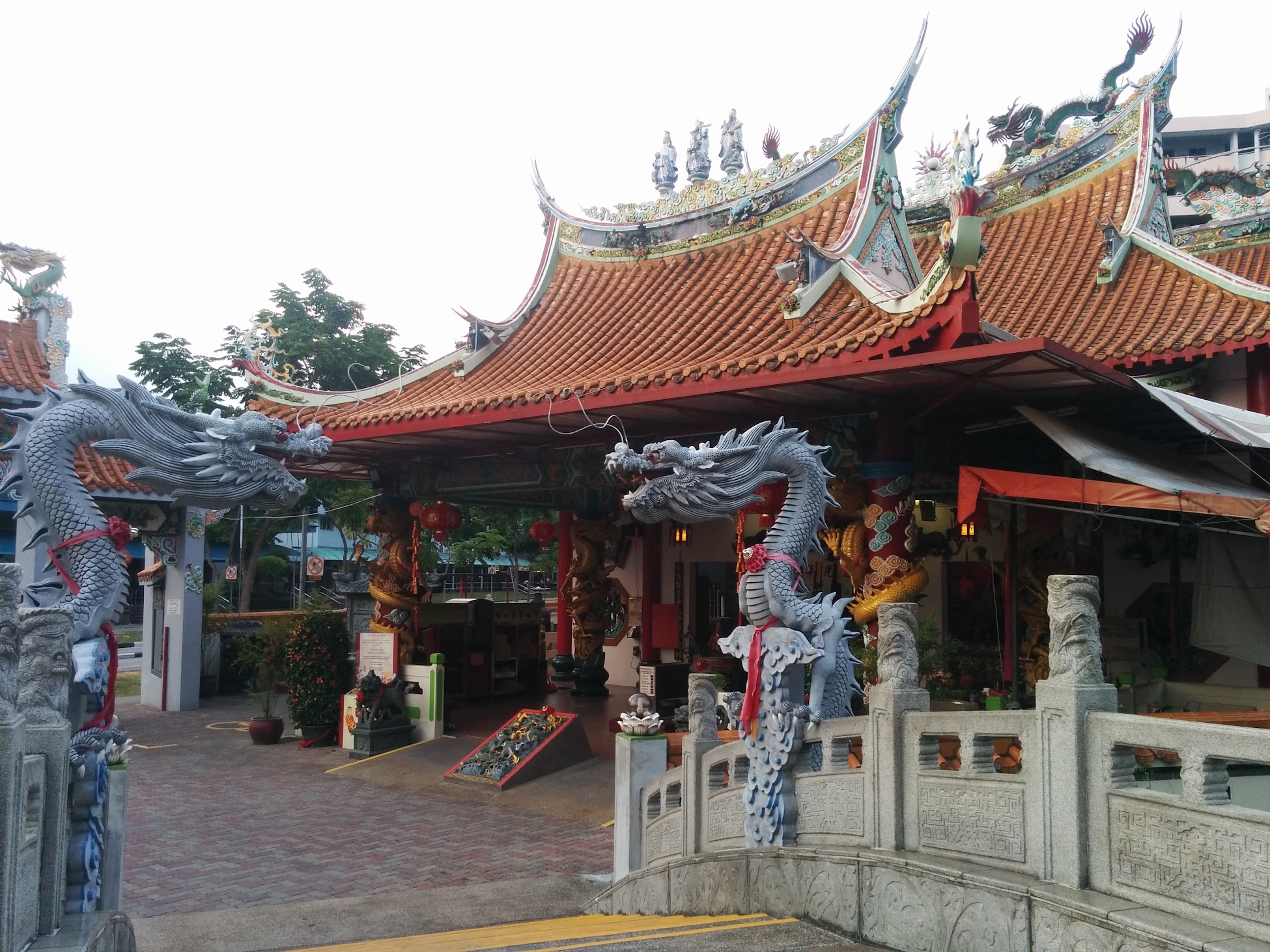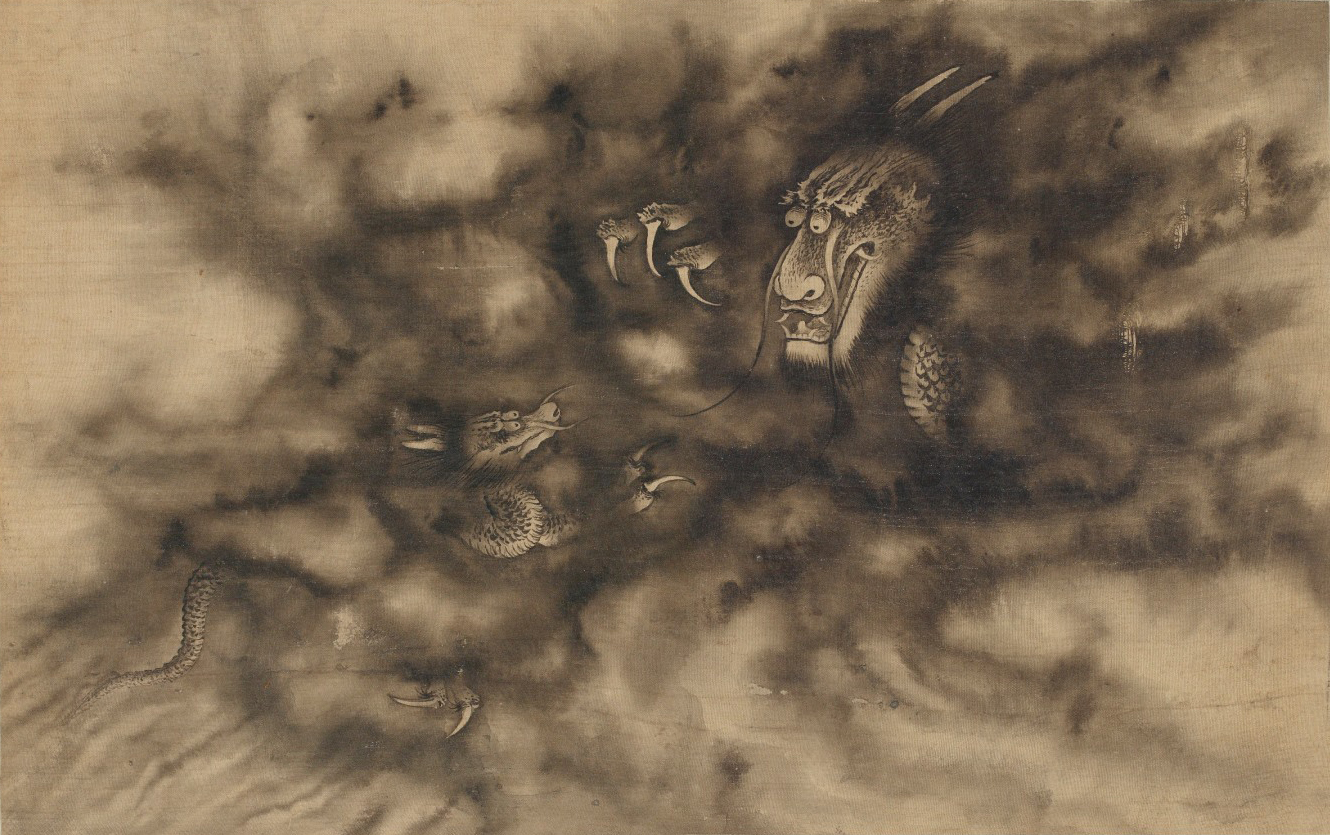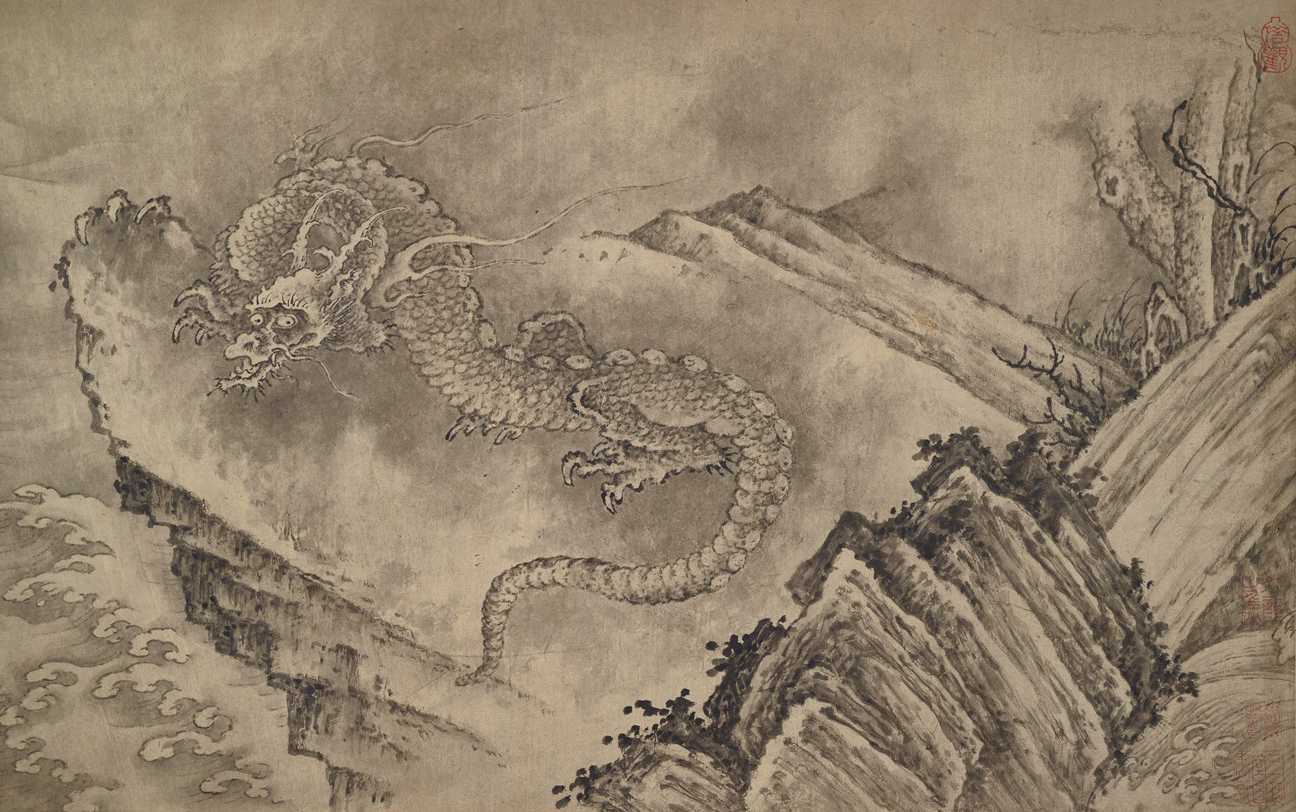Stories about this animal were gathered and written by students. They are all part of a pedagogical project, funded by the National University of Singapore and the Université de Paris. The Bestiary site is a work-in-progress and a participatory educational tool, representing animals whose products or body parts are used to promote health and healing.
Blood & Bones
A Story by Kok Jia Min
Dragons, a mythical beast, are legendary creatures in Chinese culture, with some of their symbols being “luck, power, and good fortune”. During the imperial era, the dragon was usually used to denote imperial vitality and capability, by the emperor of China. Due to the prestige associated with this creature, commoners were not allowed to possess any items with dragons on them in the imperial era (Kelly, 2021). Nowadays, such rules no longer exist, but the prestige can be observed by how the Chinese deliberately choose to give birth in the dragon year, as it is perceived to be auspicious, with them holding the belief that the kid will be noble, fearless, ambitious, and bound for success (Agarwal & Qian, 2017).
The ideas of the dragon have also been exemplified in Chinese mythology, where one of the most notable Chinese deities is the Dragon King, who can take numerous forms, with the most well-known being the “Dragon King of Four Seas (四海龍王 Sìhǎi Lóng Wáng)” – the Lord who has jurisdiction over the dragons, sea creatures, the oceans and the weather (Hamilton, 2019). Dragons have also been used as part of the physical building structure for Chinese temples or temple names, for example, the Ang Chee Sia Ong temple in Singapore (devoted to Lord Green Dragon), where there are two dragons on a bridge, linking the temple to the housing estates. It is believed that stepping on the right step will enable blessings from the two dragons (Muhammad, 2015). The Lord Green Dragon (Azure Dragon) is present as a door God in Taoist temples (“Azure Dragon,” 2020).
It’s interesting how the term “Dragon” is used in traditional Chinese medicine (TCM) where two well-known TCM products are Dragon’s Blood and Dragon’s Bone. The Dragon’s Blood is a form of tree sap that is transformed into a rust-coloured powder and then filled into capsules, used for curing wounds and relieving pain. The Dragon’s Bone is a tonic herb produced from fossilized bones of prehistoric non-humans such as mastodon, hairy rhinoceros, hipparion, deer, and oxen (Asiaone, 2013; Felts, 2014). The Dragon’s Bone is used as a sedative and is usually engaged to address illnesses such as chronic diarrhea and extreme perspiration, with its primary purpose to bring peace to the spirit (or shen), heart and liver and to forbid fluid loss (“Dragon Bone,” n.d.).
Nobody has ever seen a real-life dragon before, and there are no fossils to prove their existence, hence it is acceptable to say that they do not exist or it’s a mythical creature (Gabbatiss, 2016). Hence, it is fascinating to see how TCM attributed prehistorical non-humans and a tree-sap to carry the notion of “dragons”. Perhaps, it’s the idea of “rare” and “eminence” that they represent where it is known that the tree sap of Dragon’s Blood comes from trees that can only provide with one full extraction, while some prehistorical non-humans are endangered or have already extinct such as the mastodon.
Value in Asian medicine
The dragon (long 龙), important in Chinese culture and its role in Chinese TCM, made its early appearances in places that were viewed as superior such as the King’s palaces, or valuable items such as the jade pendants (Wang, 2015). Commonly known to us is how the dragon is the only mythical creature, and the most honoured one in the Chinese Zodiac. In rural communities, Chinese people engage in rituals such as the ‘dragon dance’ to call for rain so as to prevent sicknesses and hunger. As it is a mythical creature, there was no evidence of it being a zoonose carrier. However, as dragons are being viewed as Gods, the Chinese generally avoid offending them, as they believe that it will lead to disasters (“The Dragons of China,” n.d.).
TCM and dragon’s bone
To delve deeper into the dragon’s role in TCM, I decided to conduct an interview with one of the elders working in a TCM store just opposite my house. The uncle mentioned that the Dragon’s Bone is one of the most popular items sold in his store, where they are mostly sold to middle-aged women, while the young did not patronize his store often. The store that I visited had only powdered Dragon’s Bone available. The uncle mentioned that most TCM products cannot be consumed on their own, and this applies to the Dragon Bone too, where it is usually boiled with other herbs, to cure certain illnesses, such as the most common one being diarrhea.
Apart from the short finding from Uncle, a look online shows how consumers can access such products readily from online TCM stores as well, such as the Dragon’s Blood capsules, for blood circulation. This product can also be accessed from FairPrice, a popular supermarket of Singapore.
Apart from just TCM, Dragon’s blood had also been deemed to be a dietary supplement in the west. Dragon’s blood has received favourable indications of how it can reduce the likelihood of cancer, address digestive tract problems, as well as encourage wound healing (Wong, 2021).
Dragon and Singapore’s food delicacies
The famous dish Bak Kut Teh which is loved by Singaporeans, has Long Gu (龙骨 long gu) also known as the rib cage section that is nearer to the spine of the pig. It is known to be more flavourful and is sold at a high price in the market (Evan, 2020).
As such, we can see how the term ‘dragon’ (long 龙) had been so commonly used in food or medical resources that we come across on a daily basis, that it no longer seems like a creature only for noble subjects, but readily accessible to all.
Azure dragons on bridge (Ang Chee Sia Ong temple, Singapore, 2019) © Annu Jalais





